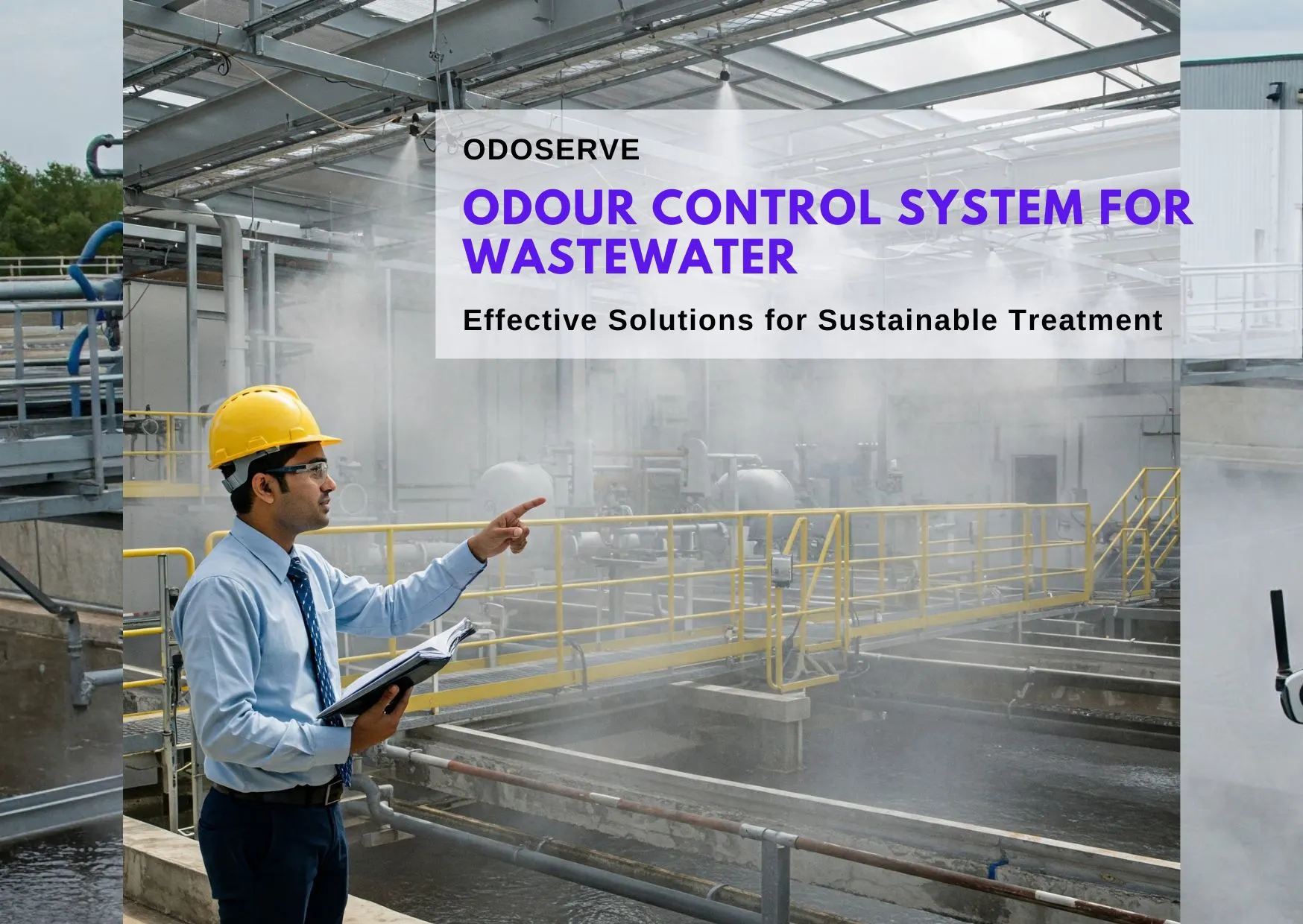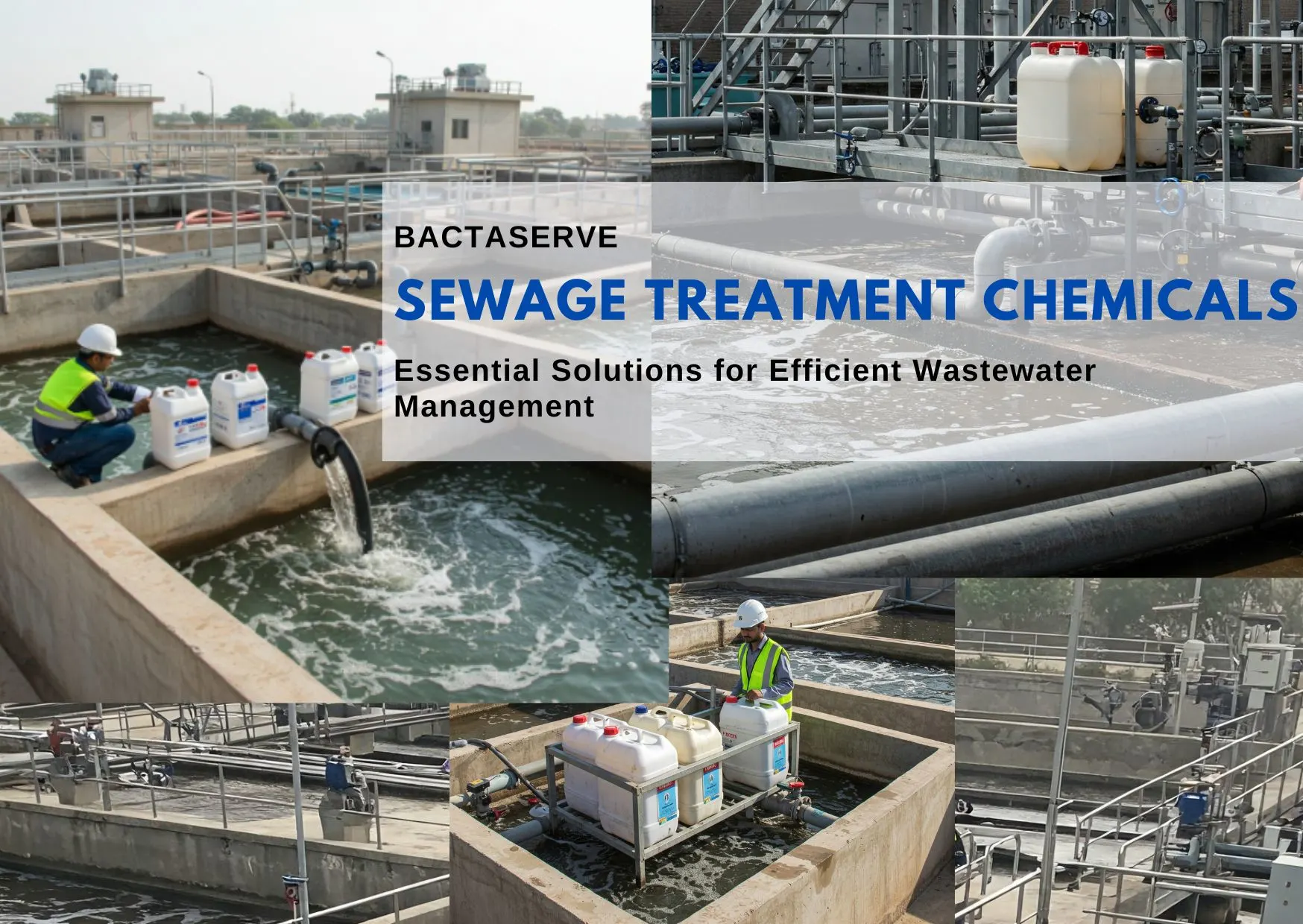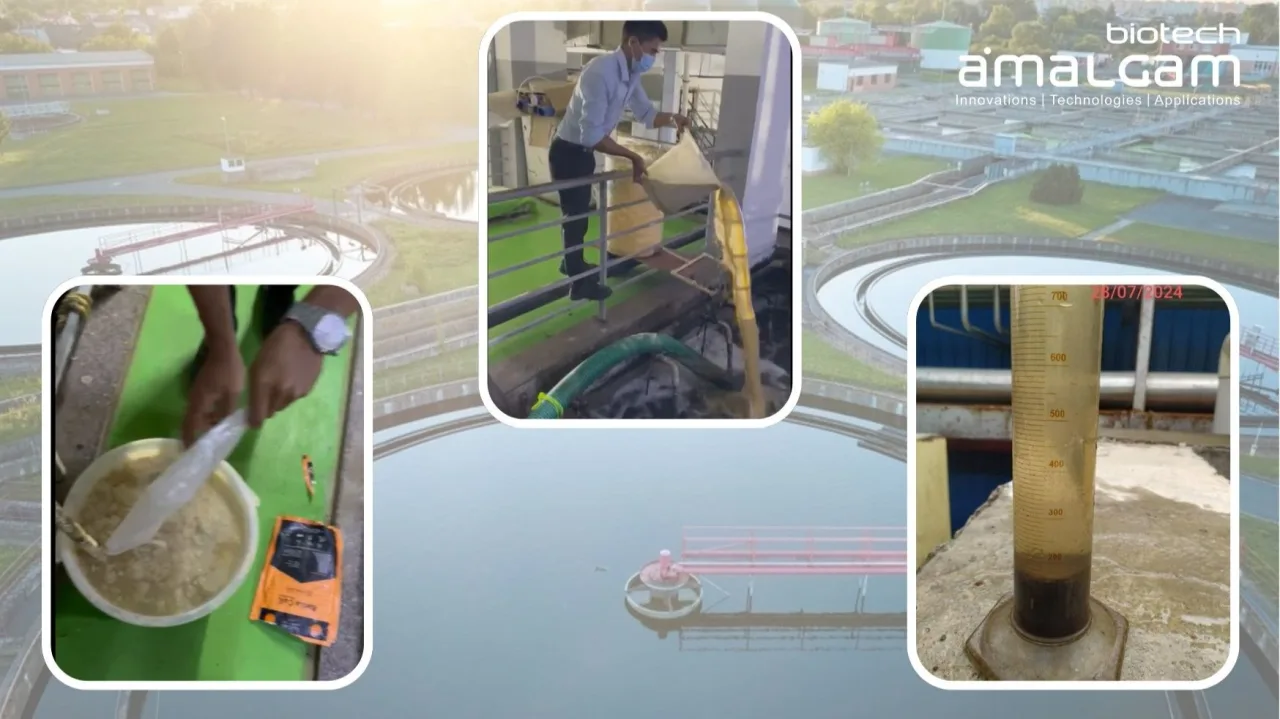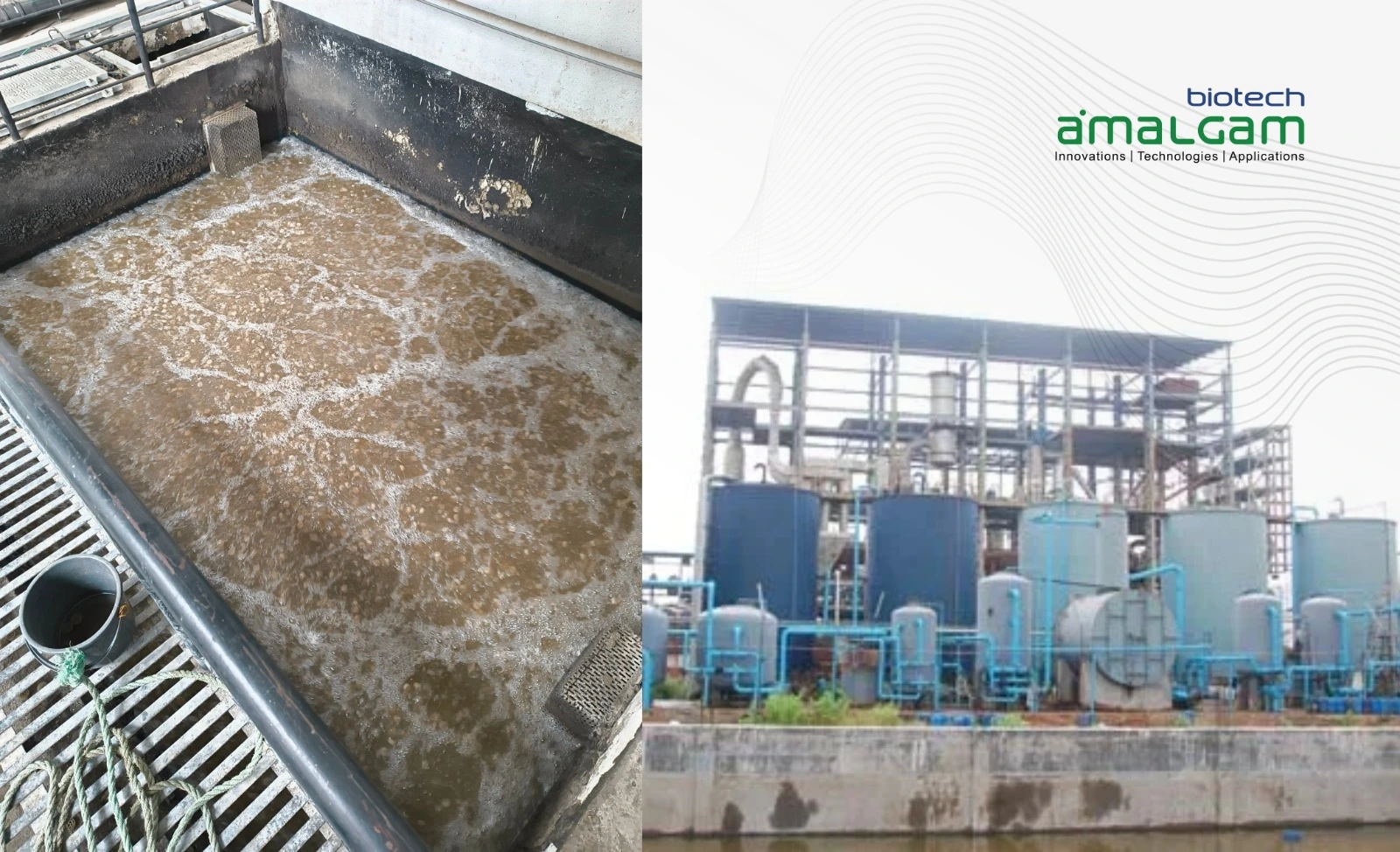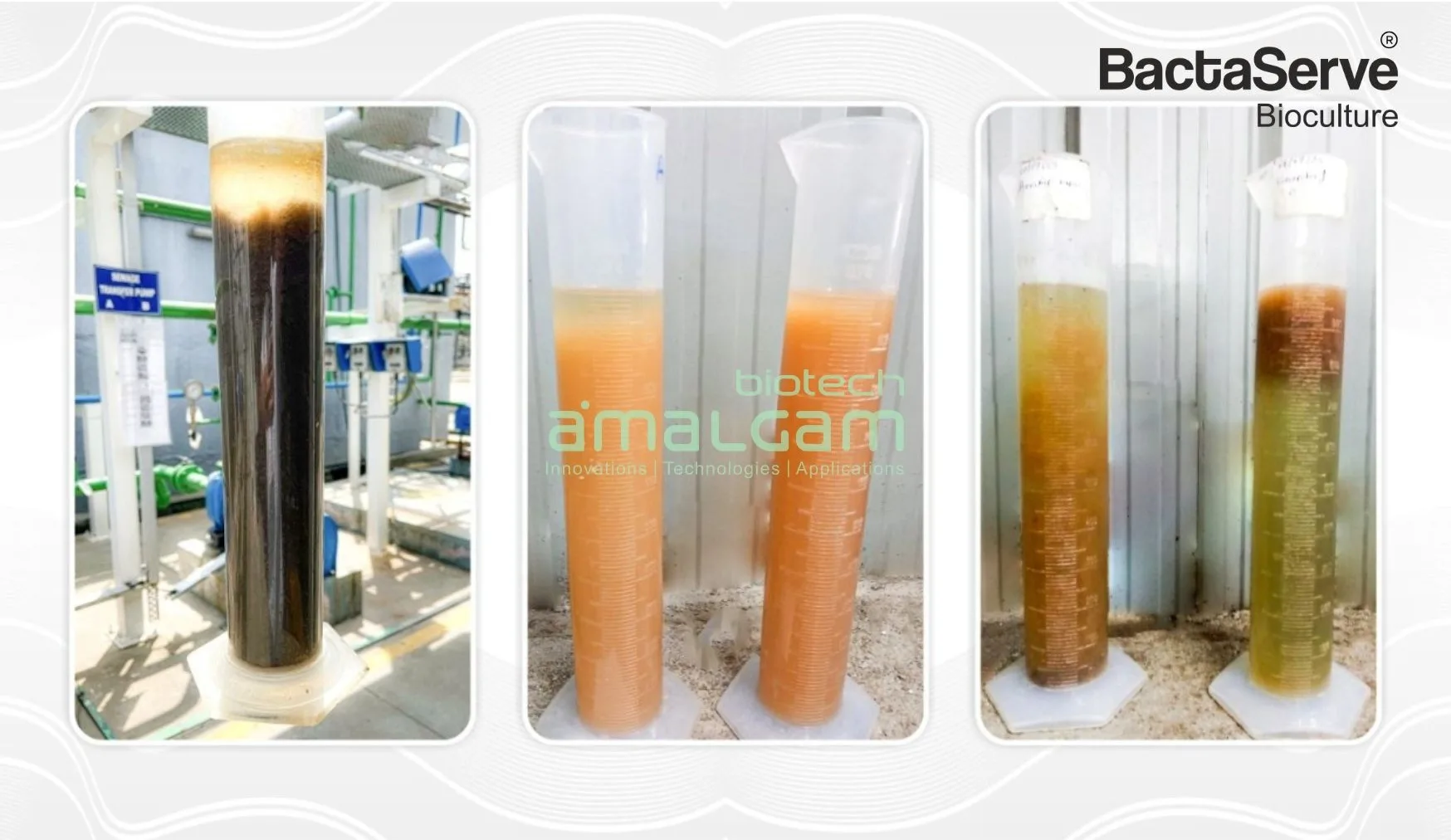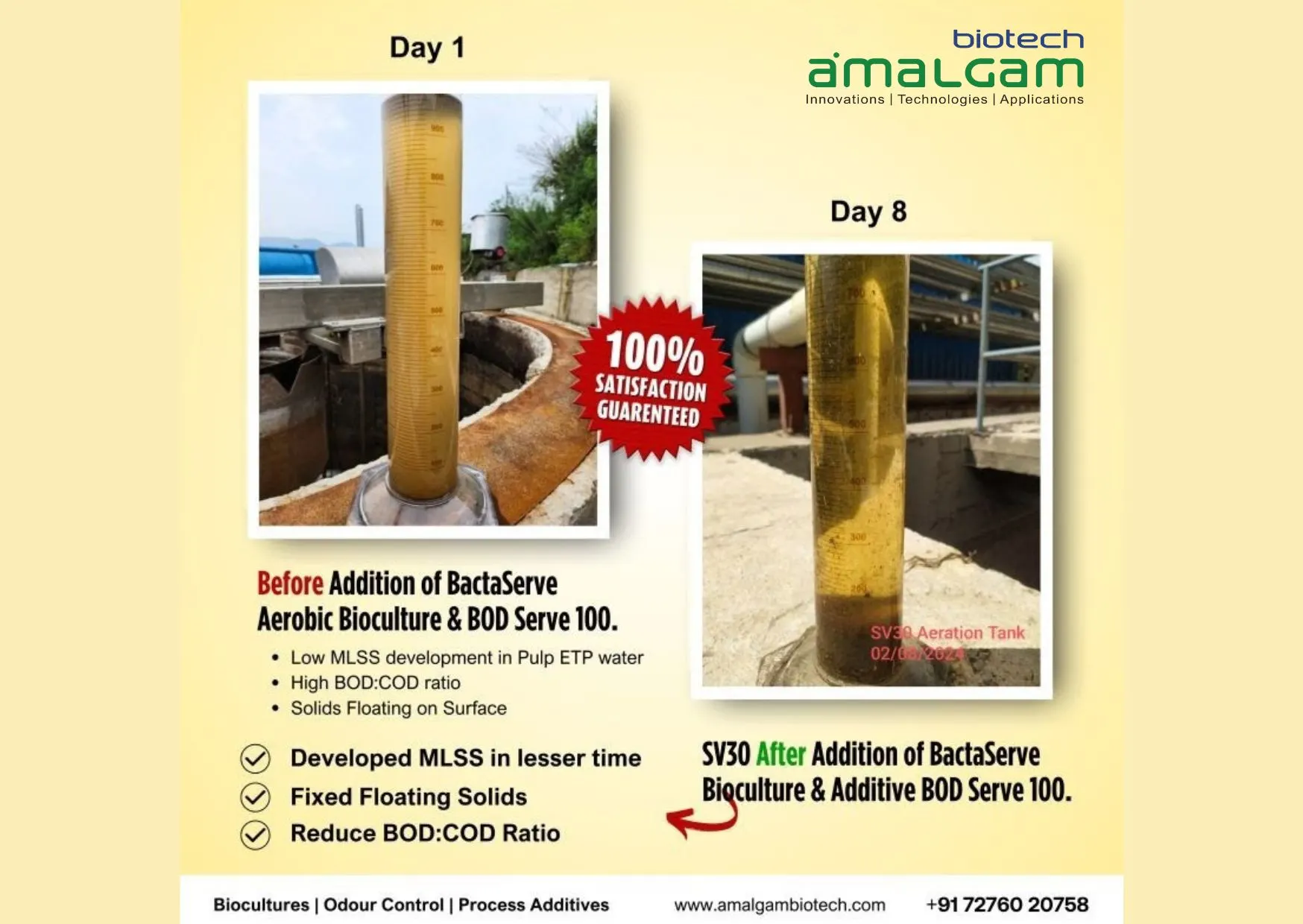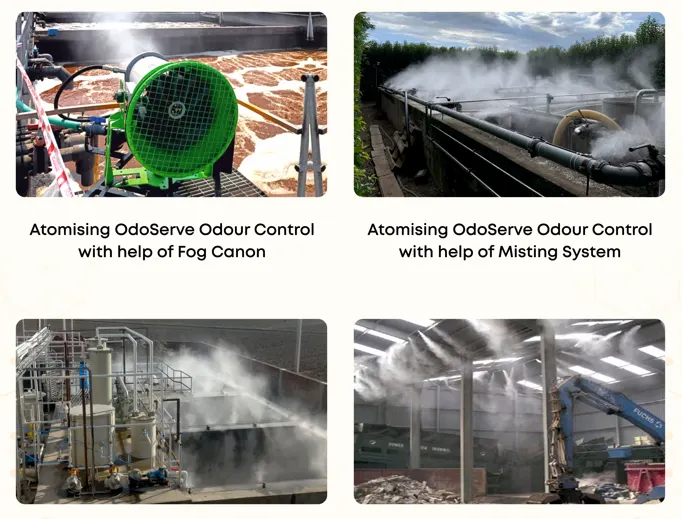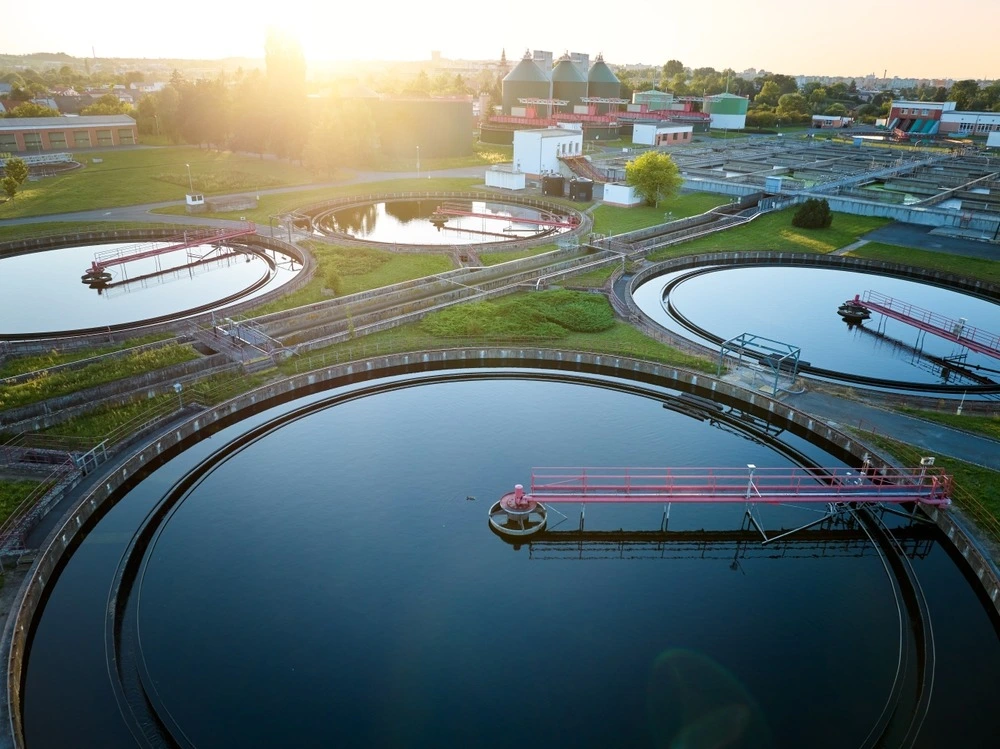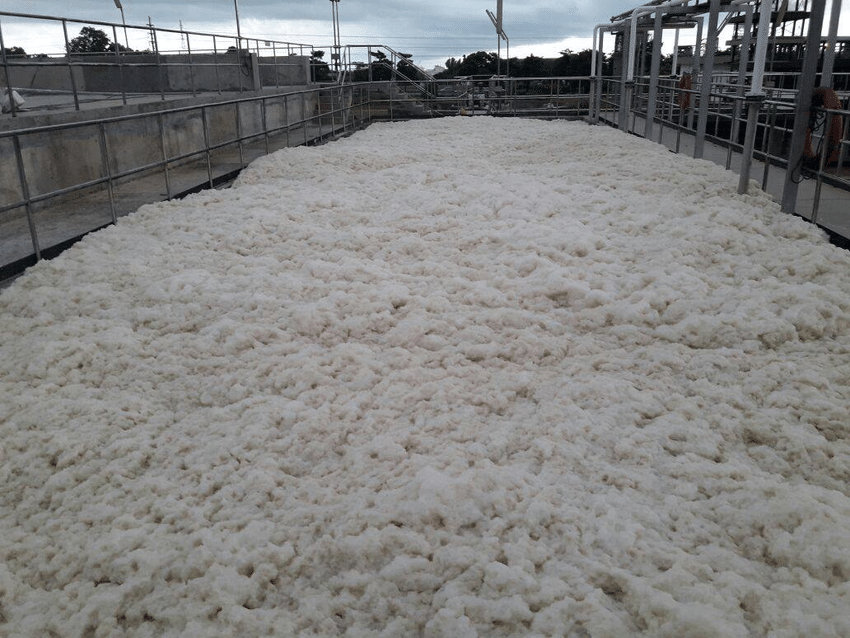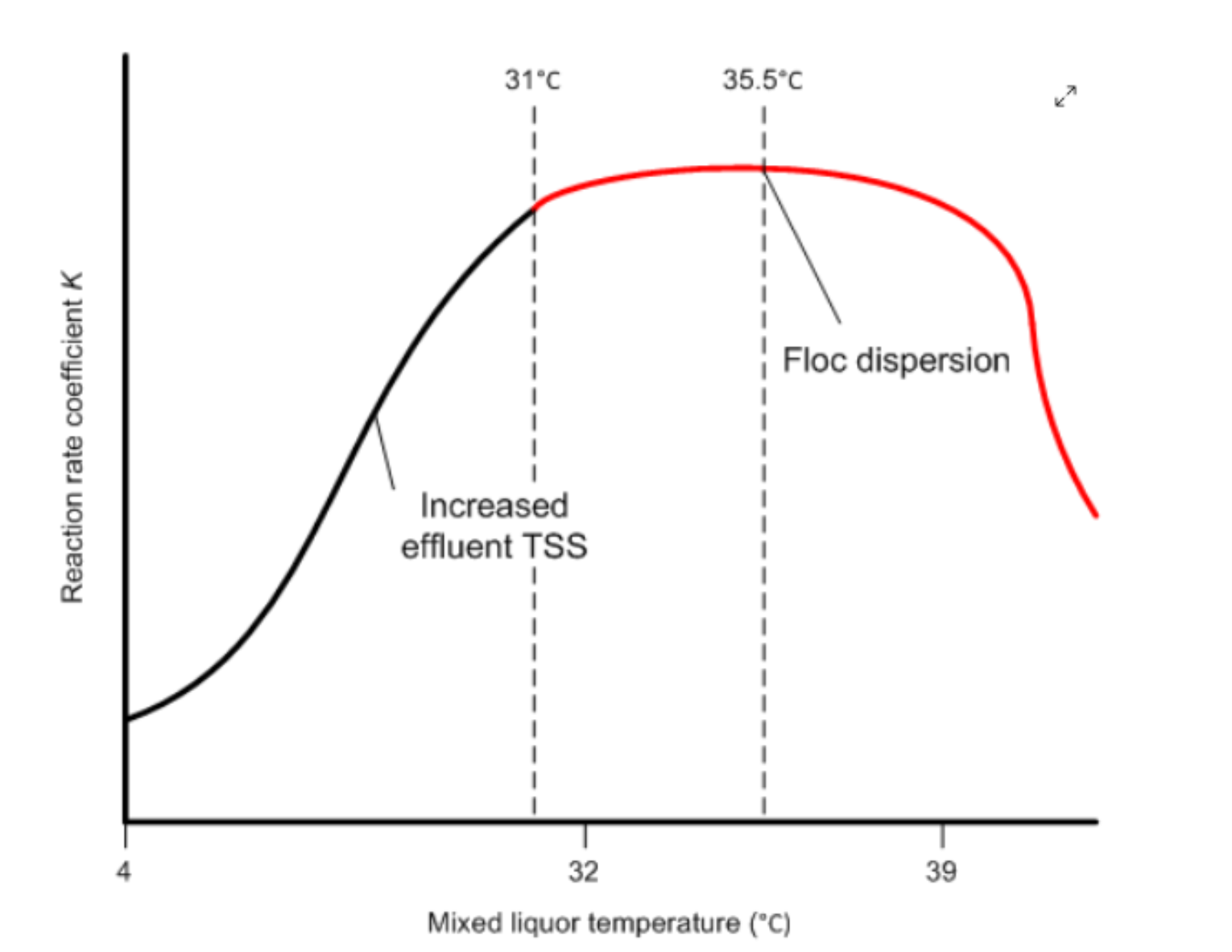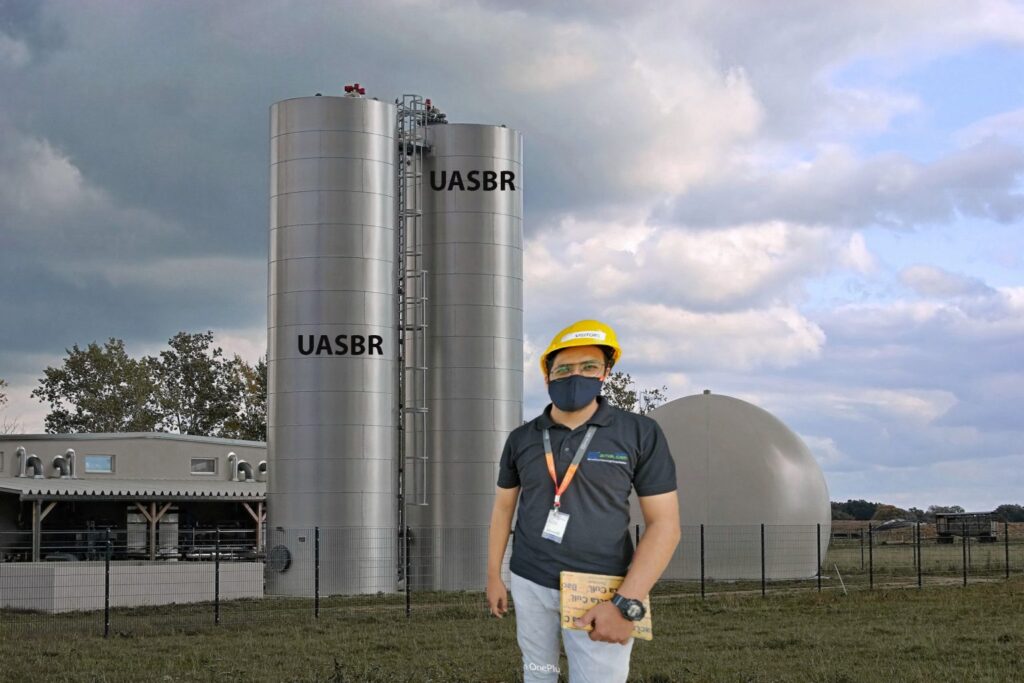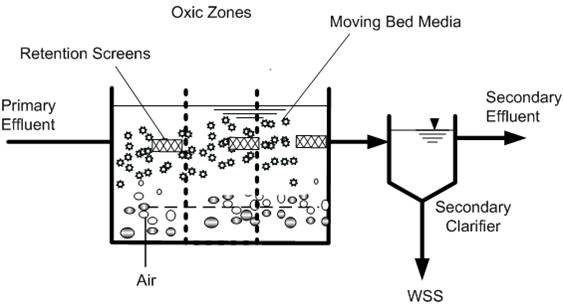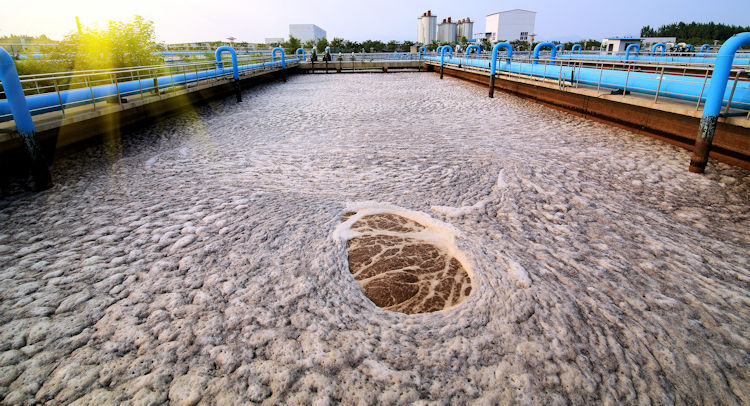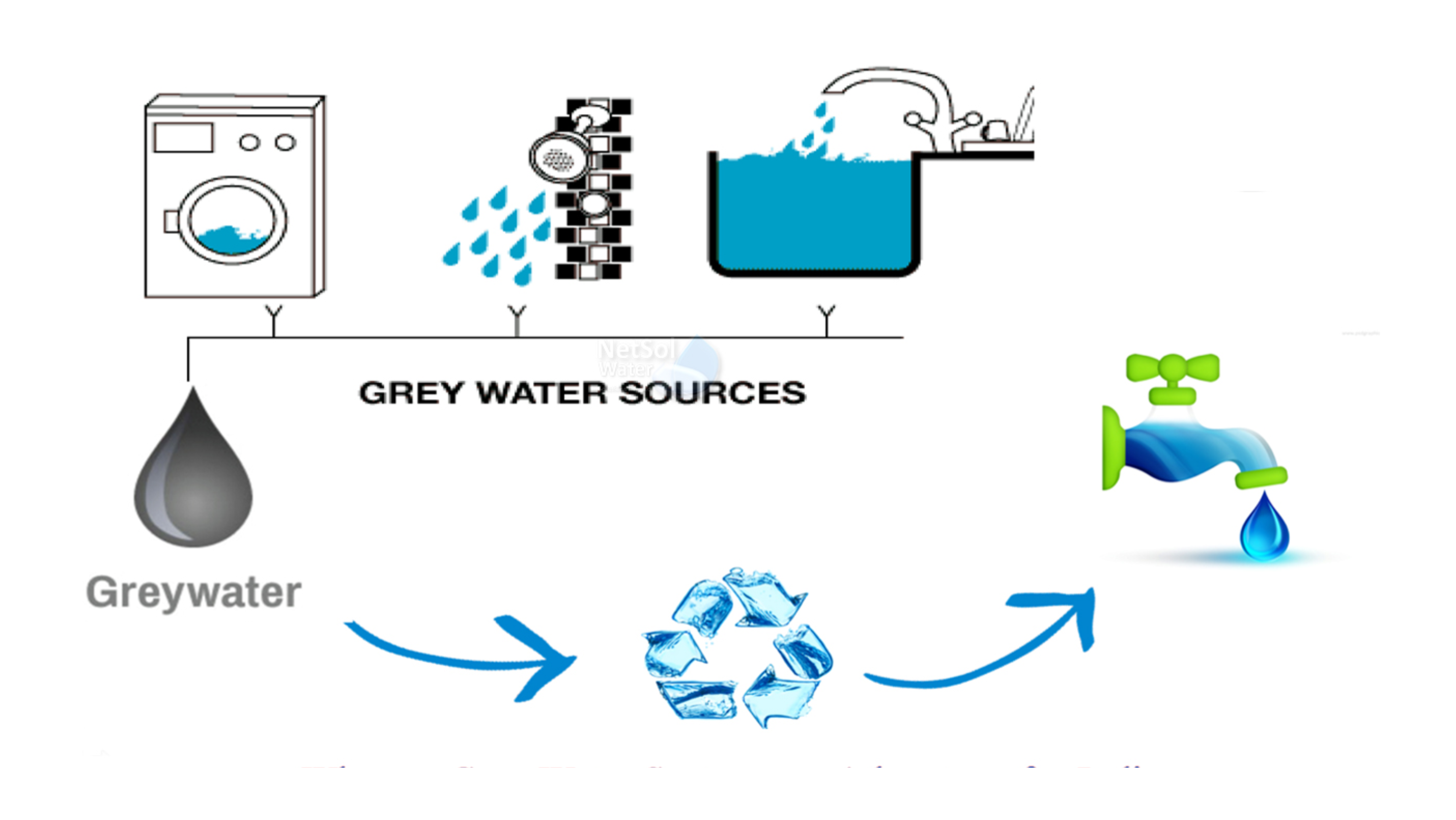Effect of temperature on wastewater treatment in aerobic biological process
There are many factors which create the difficult conditions in wastewater treatment system. These factors are:-
- Variations in flow
- Excessive organic loading
- Swings in pH
- Nutrient deficiencies
- Excessive temperatures
- Low DO levels
All of these factors, individually or in combination, add stress to the microorganisms in the bioreactor, creating a less than optimal oxidation of organics, poor settling of solids in secondary clarifiers, and the potential for odour generation.
The maximum temperature of wastewater entering a biological reactor should be less than 35 degree C (<35 degree C). If temperature goes beyond this value the operation of the biological system and solids settling in clarifiers will begin to suffer.
1. Bacteria Temperature Ranges :- There are four categories of bacteria depending upon the temperature ranges at which they operate and gives high degradation or efficiency:-
- Psychrophilic
- Mesophilic
- Thermophilic
- Extreme thermophilic or Hyper thermophilic

2. Diversity of bacterial population :-
- A biological reactor does not contain single, identical bacterial population. There are numerous groups of micro-organisms with dominance among any group constantly shifting in response, or adaptation to the constantly changing composition and quality of wastewater.
- As the temperature changes in wastewater, one group of micro-organisms will slow down, even die off and another group will gain influence and become dominant.
- This diversity and adaptability in the microbial population continuous upto a wastewater temperature of 35-degree C.
- As the temperature rises above 35-degree C the combined ability of various microorganisms is diminished and the optimal conditions in the bioreactor are lost.
- These results are reduced treatment capacity which will reflected in higher effluent organic and total suspended solids values as measured in the secondary clarifier overflow.
- For economic and geographical reasons, most aerobic biological treatment processes operate in mesophilic range.
- In mesophilic range, the rate of biological reaction will increase till temperature of wastewater reaches to 31 degree C for most aerobic systems.
- The temperature above 39 degree C will result in decreased rate for mesophilic organisms.
- At temperatures above 35.5 degree C, there is deterioration of biological floc. Protozoa have been observed to disappear at 40 degree C and dispersed floc with filaments to dominate at 43.3-degree C.
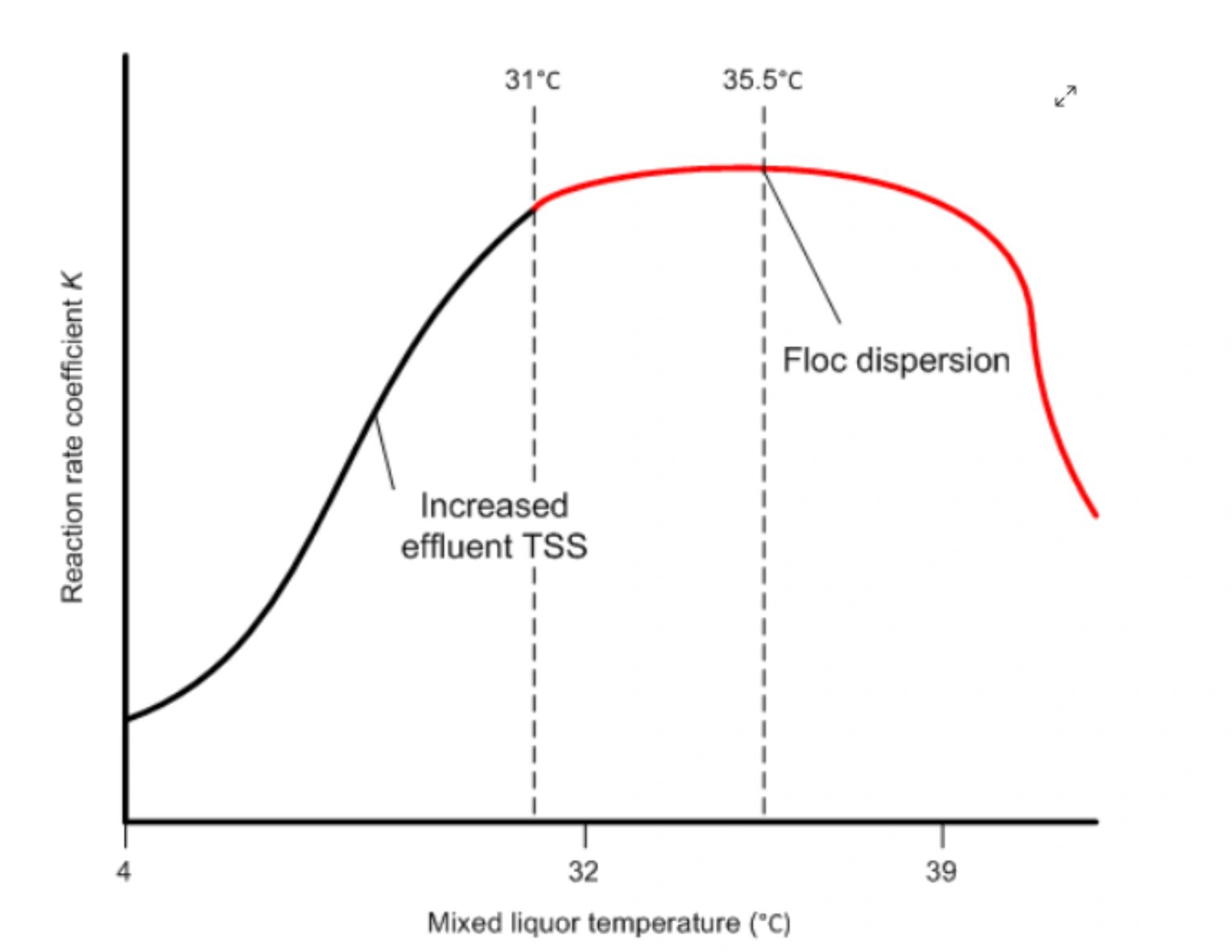
- According to Metcalf and Eddy, optimal temperatures for mesophilic bacterial activity is 25–30 degree C. Aerobic digestion and nitrification stops when the temperature rises to 50 degree C.
- Even short-term temperature variations above this range must be avoided since thermal inactivation of mesophilic bacteria occurs quickly.
- Temperature affects the performance of activated sludge system as a result of its impact on rates of biological reaction.
- Heat is produced during the Bio-oxidation of carbonaceous and nitrogenous material which will also increase the wastewater temperature in aeration basin.
- The amount of heat released in bio-oxidation of carbonaceous and nitrogenous material is directly related to the oxygen utilised by the process.
- For each gram of oxygen used, 3.5 kcal of energy is released. Since 1 kcal energy is sufficient to increase the temperature by 1 degree C for 1 litre.
- The impact of this heat depends upon the wastewater strength.
- Aeration basin temperatures above 35 – 40 degree C can aften cause dispersed growth of floc forming and filamentous organisms.
- "An often-noted phenomenon involves the emergence of episodes featuring scattered growth of individual bacteria and dispersed filaments, along with elevated effluent turbidity and diminished floc strength, as the temperature in the aeration basin rises beyond 35 degrees Celsius."

